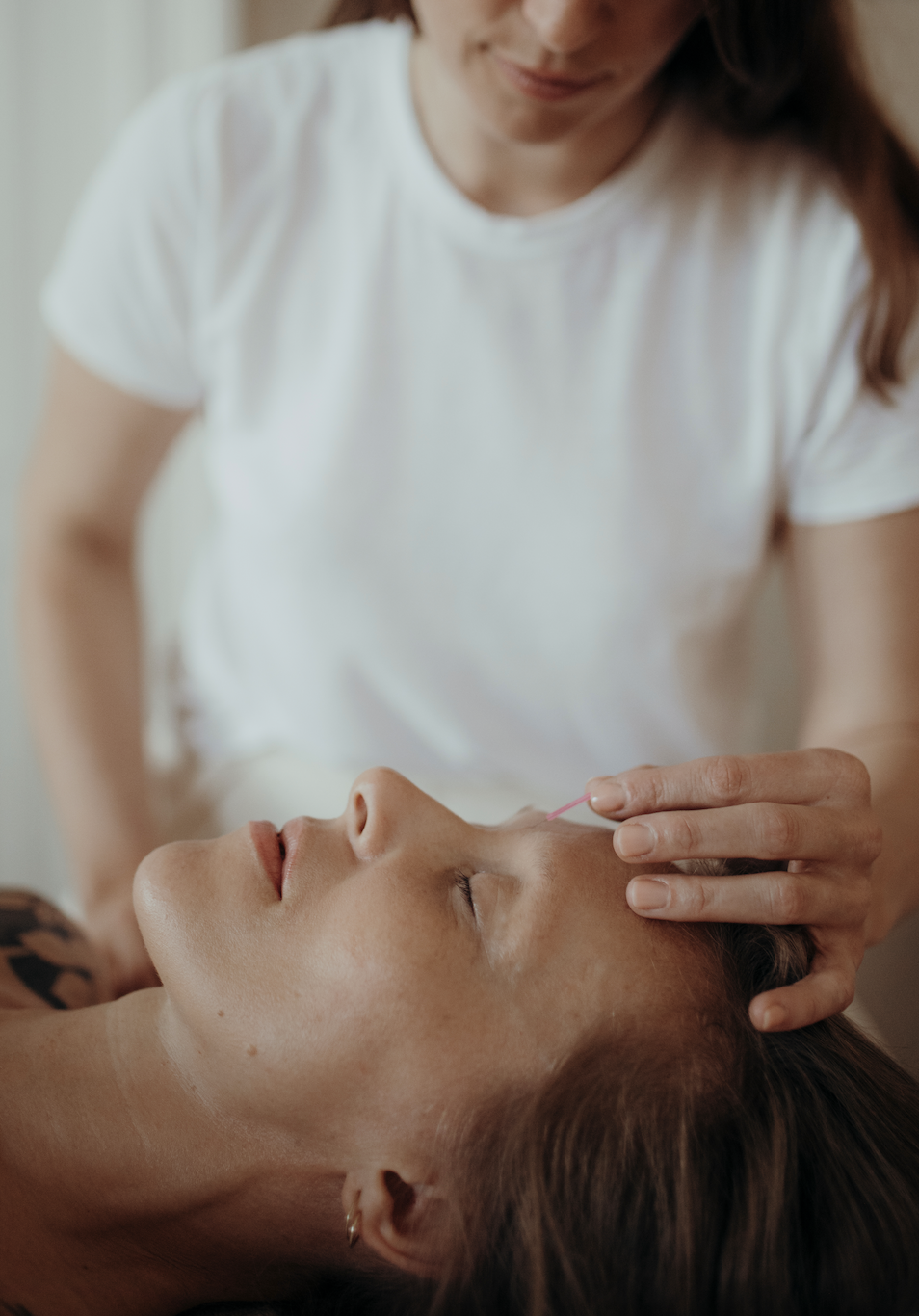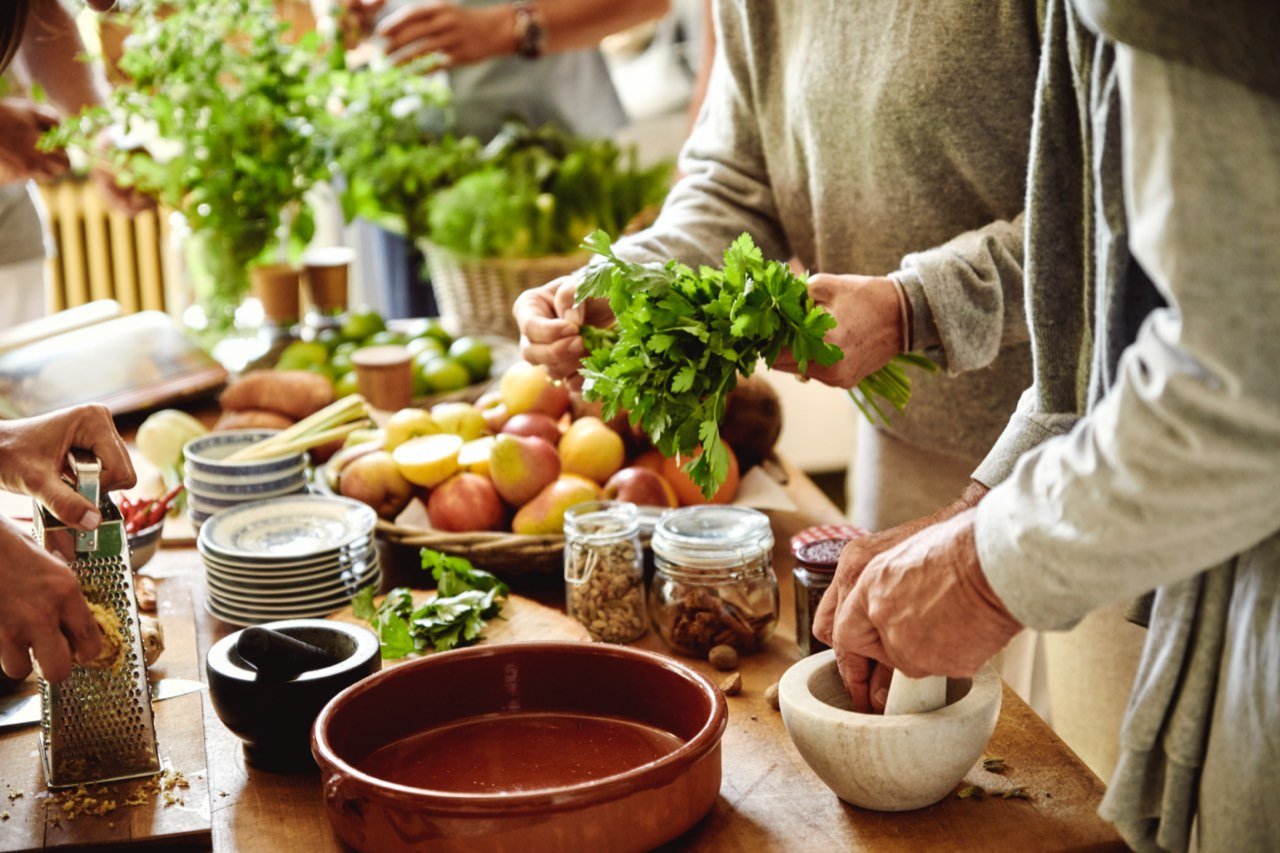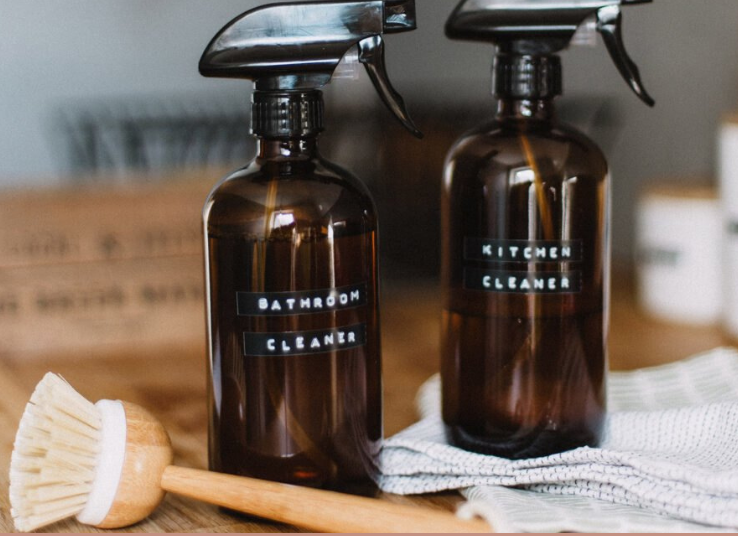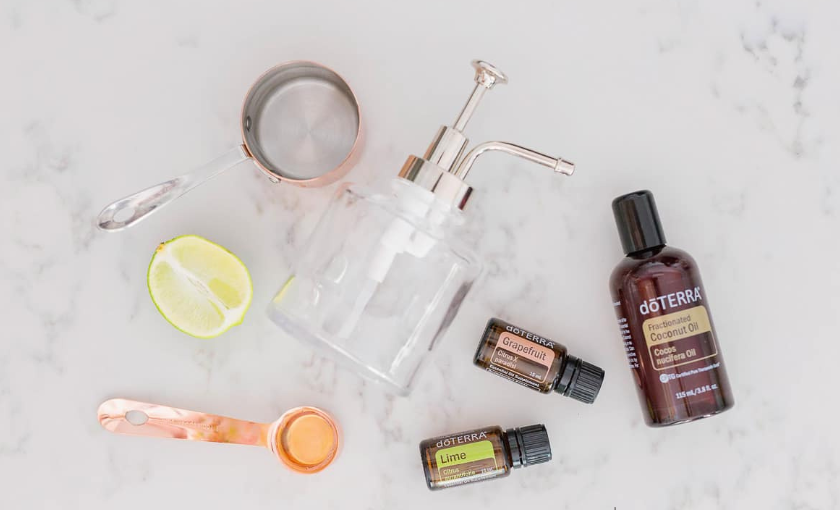Acupuncture has become a hugely popular therapy worldwide, as it offers woman an effective support and drug-free relief for a multitude of problems that can arise during pregnancy, labour and postpartum health. There is always a large emphasis on the conception phase of fertility, giving the impression that it is plain sailing once you are pregnant, as you embark on your nine month voyage of ‘glowing’ pure bliss. However, for many being pregnant is like training for a marathon for the first time, a time filled with excitement, anxiety, low energy, insomnia and 24 hours of nausea.
Research into acupuncture as a medical treatment has grown exponentially in the past 20 years, particularly in the area of obstetrics acupuncture. Up to then research in this area was generally of poor quality and didn’t hold much clinical significance. As a result this is an exciting time and an exciting area to be working in.
When treating a pregnant woman, we do an extensive consultation and form an individualised health plan with each woman. Outside of treatment (acupuncture) it is also important to look at mindful movement, individualised nutrition and lifestyle factors so the woman feels at her strongest during the different stages of pregnancy. There are also many interesting Chinese Medicine tips for to help with ailments during pregnancy, self care, getting ready for labour and postpartum care.
Acupuncture works by rebalancing and realigning imbalances within your body, so that your body begins to do its own job, to heal and support you. Chinese Medicine can appear complex and difficult to comprehend, but it is one of the oldest continuous systems of medicine in history. Going through this wonderful natural process with a natural medicine alongside you to support, is simply worth its weight in gold.
COMMON AILMENTS TREATED IN CLINIC:
Back/pelvic pain
Nausea and Vomiting
Fatigue / Low Energy
Digestion (Heartburn, Constipation)
Insomnia
Anxiety
Breech presentation
Pre Birth preparation
Post-Partum Care
WHAT ACUPUNCTURE HELP ME WITH!
Acupuncture in pregnancy is often thought to just treat back pain and nausea but it can help with a multitude of other issues that crop up. Let me go through some of the areas that we most commonly treat and support in clinic:
NAUSEA AND VOMITING:
The most common complaint in the first trimester and one we often treat in the clinic is nausea, vomiting and dry retching, commonly known as morning sickness. Experiencing morning sickness can be very debilitating, making it difficult to get on with everyday tasks as it doesn’t hit just in the morning as the name may suggest. Research has shown acupuncture to be a safe and effective treatment for women who experience nausea and dry retching in early pregnancy. This research also found further benefits for women in energy and vitality, physical and mental health and ability to engage in social activities. Pretty good side effects we think!
For many women, getting through the first trimester of a pregnancy is the most difficult part of the pregnancy. Finding a therapy such as acupuncture to help you through can change a lot about how you feel at that particular time. We find that there is very little understanding, support and knowledge in this area. A woman can very often feel like she needs to carry out her normal day events when her energy is very low. Acupuncture has a very positive role here in symptom reduction but also in support and guidance. There is a lot more than can be done than swallowing buckets of ginger tea, when ginger may not even suit their constitution!
THREATENED MISCARRIAGE:
Threatened miscarriage involves vaginal bleeding in a pregnancy that remains viable. This is a common early pregnancy complication with increased risk factors for early pregnancy loss, preterm premature rupture of membranes (PPROM), preterm delivery, low birth weight babies and maternal antepartum haemorrhage. Currently there are no recommended medical treatment options, rather women receive advice that centres on a 'wait and see' approach. Within fertility research, acupuncture demonstrates beneficial hormonal responses with decreased miscarriage rates, raising the possibility acupuncture may promote specific beneficial effects in early pregnancy.When women were diagnosed with threatened miscarriage, a small randomised control trial demonstrated that acupuncture was safe and significantly relived symptoms such as cramping, vaginal bleeding, back ache and anxiety compared to a control group (Betts et al 2012). We feel that this is a vital area that needs further research, acupuncture can play a huge role not only in supporting these woman but forming part of a treatment option rather than just send them home to sit and wait to see what happens.
BACK PAIN
This, alongside nausea and vomiting, is the most common ailment that we treat in clinic. Lumbo pelvic pain is in the lower torso, lower back, and pelvic girdle and is frequently experienced by pregnant women. Acupuncture and cupping are safe and effective treatments for lumbo pelvic pain during pregnancy. Researchers conducted an observational study at a hospital-based community antenatal clinic in New Zealand and determined that acupuncture produces significant positive patient outcomes, including reductions in lumbo pelvic pain levels. Acupuncture provides an important alternative treatment option because many common prescription drugs and over-the-counter analgesics are not recommended during pregnancy.
BREECH
Moxibustion at acupuncture point BL67 is effective and safe to correct non-vertex presentation when used between 33 and 35 weeks of gestation.There is a point on the foot named “capsize” after it’s a long-tested function in returning a baby in breech to the correct position. Modern research has shown treatment using this point can turn a baby in breech with a success rate of 80%. This is something that the couple can do themselves at home under the guidance of an acupuncturist or trained midwife.
ACUPUNCTURE FOR GETTING READY FOR LABOUR:
~ Pre Birth Acupuncture
The last month of pregnancy is all about supporting the downward energy and preparing the passageway.
Pre birth acupuncture is when a woman is treated in the final weeks of pregnancy at about week 36/37 right up to the end. Its physical action is to help ripen the women’s cervix, prepare the pelvis thus encouraging her body to move into the optimum state for delivering her baby. It helps the baby move into an anterior position whilst boosting the woman’s energy and mental and physical stamina. It can also help with any other issue she may be experiencing, whether it be physical or emotional from back pain to carpal tunnel, heartburn, hypertension, insomnia or even a growing sense of anxiety at the task ahead. Research from Germany, indicated the potential for a more efficient active stage of labour (Romer et al 2000). A small observational New Zealand study where midwives used acupuncture in this way reported a reduction in women requiring medical induction and caesarean sections. (Betts & Lenox 2006 ). In clinic, we also guide the woman through some really lovely and effective self care rituals. The last month is all about slowing down, preparing and taking care.
~ Acupressure to promote a natural labour and partner involvement!
The acupressure point workshop has been formulated by Debra Betts, who is a world renowned expert in Obstetrics Acupuncture from New Zealand. Over her 30 years in nursing and acupuncture practice, she has developed Acupressure workshops for promoting a natural labour and partner involvement through observation and experience with amazing results. It can be an incredibly bonding time for the couple and it gives the partner a much needed job! Recent research demonstrated that acupressure was an important part of self care in labour that significantly reduced epidural and caesarean section rates compared to usual care (Levett et al 2016)
The last few weeks of pregnancy are all about preparing for labor. These acupressure points can help women and support partner prepare for labour, learn a natural pain relief system for during labour, assist with after pains, establish breast feeding and much more.
These acupressure points can provide help for:pain relief during labour
Anxiety
Induce labour once waters have broken
Preparation for medical induction
Posterior positioning
Cervical ripening
Nausea and vomiting during labour
Breast feeding
The feedback from these workshops is fantastic as it gives the woman and her support partner control over what can be quite an overwhelming experience and a brilliant natural pain relief system at their disposal. It can also be an incredibly bonding experience for both parties. The support partners can often feel helpless in the labour situation and this gives them an empowered active role. We offer one to one classes with couples in the lead up to their labour as part of their pre birth acupuncture and deliver workshops to multiple couples.


























